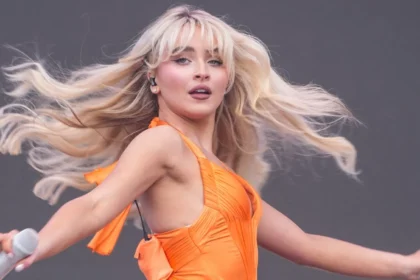In a rather extraordinary turn of events, a truck transporting approximately 500,000 bees met with an accident, causing it to overturn on a road close to Toronto, Ontario. The incident occurred in Burlington, Ontario, around 6:15 am on a Wednesday, leading local authorities to issue a unique warning to drivers in the area: close your car windows to prevent any unwelcome encounters with the swarming insects.
The mishap attracted attention due to the unusual cargo and potential risks associated with the presence of a massive number of bees. The initial beekeeper who arrived at the scene to address the situation was reportedly stung a few times during the course of the response.
Constable Ryan Anderson, in a statement to CBC News, shed light on the circumstances surrounding the incident. “We’re not sure how or what exactly took place but at some point, the boxes containing bees or beehives slid off the trailer and spilt all over the road,” he explained.
Swift action was taken, with beekeepers promptly summoned to the scene to manage the situation. Their efforts focused on recapturing the bees and ensuring their safety. By approximately 9:15 am, the situation was brought under control, and the crates were being carefully removed from the scene.
For context, a typical colony of honeybees during the summer months comprises an estimated 50,000 to 80,000 bees, according to information from the Canadian Honey Council, a national association of beekeepers.
This incident serves as a timely reminder of the essential role that bees play in our environment. Bees are integral to the pollination process that sustains many of the crops we rely on for our food supply. Unfortunately, bee populations have been facing declines in recent years, making their conservation even more crucial.
The outcome of this unique incident was relatively positive, with a significant number of the bees successfully recaptured. Beekeepers demonstrated their vital role in safeguarding bee populations, as their quick and efficient response helped mitigate the potential impact on the bee community and the environment as a whole.




